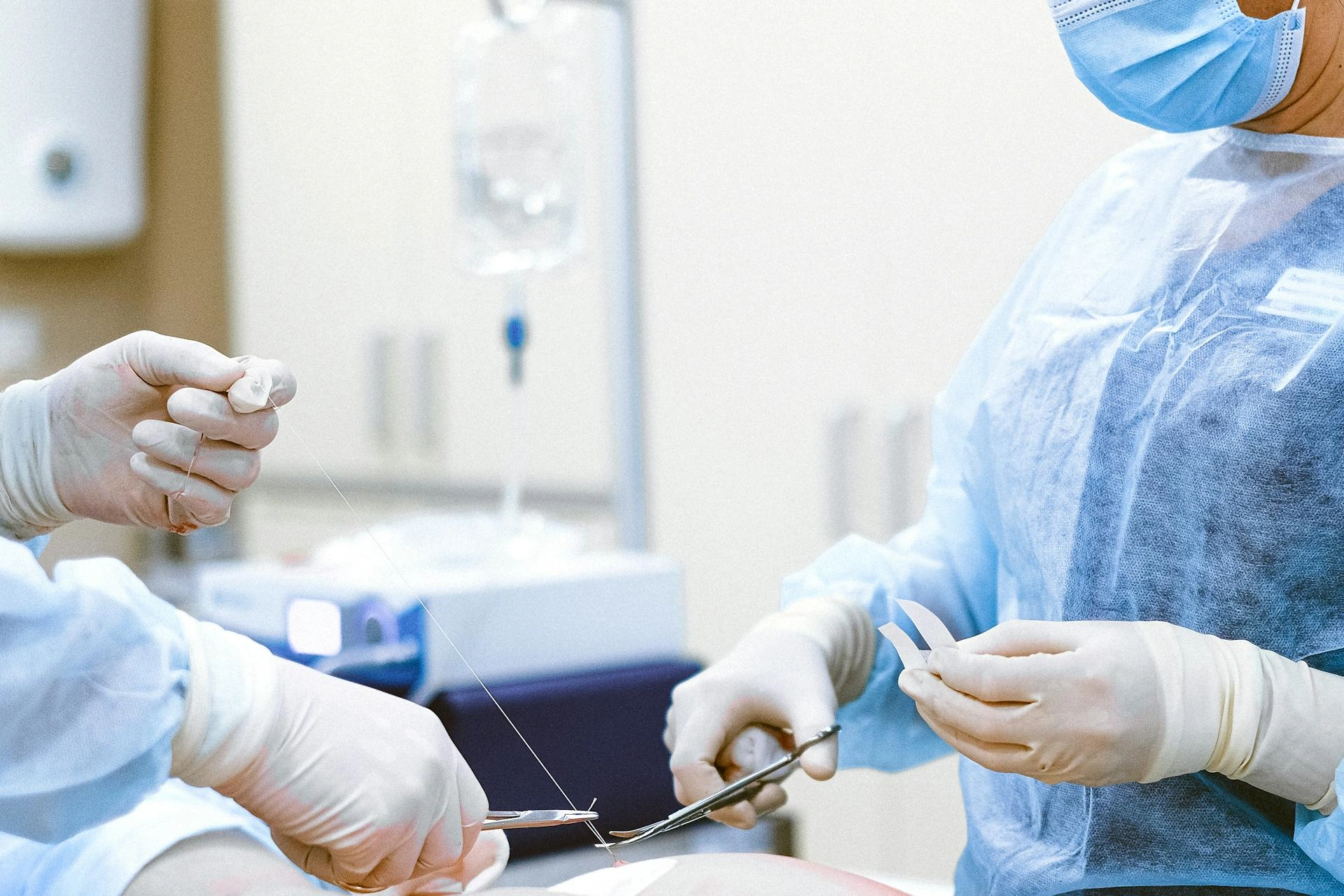Gearing up for fully electric heavy vehicles

John E. Kaye
- Published
- Home, Technology

John Granby and Erik Kanerva of Kempower explain why fleet operators will need to consider adopting the Megawatt Charging System as part of their charging ecosystem and solutions
The electrification of cars, vans, and buses has gained unstoppable momentum. Electric vehicles (EVs) have gone from being a passion project for early technology adopters to the mainstream, and electrification plays a central role in public policy and business strategies.
The benefits of electrification have led to a growing enthusiasm among commercial fleet customers. The availability and choice of vehicles have been improving, too. All the major car and van manufacturers have a credible EV proposition, and the eBus sector looks exciting. The electrification of heavy goods vehicles has been slower to develop. Still, the pace has been gathering over the past year, with many of the major truck manufacturers busy testing fully electric heavy vehicles on the verge of entering the mainstream market. That is vital because heavy commercial vehicles are responsible for around 25% of CO2 emissions from road transport in the EU and approximately 6% of the region’s total emissions.
In the US, medium- and heavy-duty trucks account for about 29% of road transport’s total emissions – and approximately 7% of the country’s total – despite being less than 5% of the vehicles on the road. Emissions continue to rise, primarily due to the growing road freight traffic.
Responding to both market and policy dynamics, major truck manufacturers have begun to set goals for the electrification of their ranges. For example, Scania’s goal is that 50% of all vehicles it sells annually by 2030 will be electric. Despite Scania being the slowest into the market with battery electric vehicles, other vehicle manufacturers are following the same target, with Volvo Trucks setting itself a target for 50% fully electric vehicles by 2030 and the same with Renault, for example. To achieve this goal, they will require the charging infrastructure in place so that customers have the confidence to invest in large-scale electrification of their fleets. That is one of the reasons why charging system manufacturer Kempower expects the commercial vehicle DC charging market in Europe and North America to have a 37% compound annual growth rate until 2030.
The Megawatt Charging System
Trucks need large battery packs to give them an equivalent range to conventional engines. Charging these quickly enough is a real challenge and requires higher-powered charging infrastructure. According to the European Automobile Manufacturers’ Association (ACEA), trucks will require up to 279,000 charging points by 2030, of which 84% will be in fleet hubs. For buses, a total of up to 56,000 charging points will be needed by 2030, of which 92% will be in fleet hubs.
The Charging Interface Initiative (CharIN) is a global association that has been working on a standard for the rapid charging of trucks for several years. CharIN has created the Megawatt Charging System (MCS) concept, which has become the basis for the ISO and IEC standards that will guide the manufacture, installation, and operation of rapid charging infrastructure for trucks.
The MCS is designed to standardise how vast amounts of charging power can be delivered to vehicles quickly. This means, among other things, that the MCS inlet will be placed at the same position in the truck – left-front side behind the first axle – to help harmonise infrastructure layouts. MCS also offers improved communication robustness, reducing downtime related to failed charging events.
Commercial vehicle customers have very specific driving patterns. The increased charge rate offered by MCS will allow customers to drive more distance daily by utilising the mandated break time from the hours-of-service regulations governing their drivers. These regulations state that drivers must take breaks, so reducing charging times to fit into these times is an enabler for improved electrification for commercial vehicles.
In its final development stage, the MCS will work up to 3,000A and 1,25 KV to deliver up to 3,75 MW power when charging. MCS is based on a global agreement on technical specifications, with the support of a large portion of the industry. An internationally adopted standard is essential to drive harmonised solutions that help lower costs and increase interoperability without compromising safety and uptime.
The MCS is not focused on depot charging but more on trucks on the highway. It is a particular focus for large truck units doing long-haul routes, plus some smaller rigid trucks doing short-haul deliveries where they cross borders, such as logistics companies running deliveries between the UK and continental Europe.
While most MCS charging will happen en route as drivers break their journeys, some depots might have one MCS charger amongst their infrastructure to do a flash charge if a fast turnaround of a truck is required. This unit will require 1MW+ of electricity supply, so load management will be essential to balance its demand versus other chargers on site.

Onboard with MCS
Regardless of whether they are considering the implications of electrification for their vehicle fleet out on the road or depot operations, fleet operators will need to consider the adoption of MCS as part of their overall charging ecosystem and solutions.
In depots, particularly, a fleet’s effective electrification will be enabled by adopting cutting-edge technology solutions for energy management. Investing in effective load management solutions will be pivotal in maximising existing grid infrastructure capacity and reducing the need for additional investments in generation or distribution capacity.
Investing in and implementing effective energy management solutions is the key to a smoother, more effective transition for commercial fleet operators. They are essential in helping reduce energy costs, both financially and environmentally.
Energy management solutions for charging electric fleets also help maximise existing grid capacity, reducing the need to invest in new generation or distribution capacity. This will be an essential factor as the electric truck fleets expand and other commercial vehicle fleets, such as buses, increase demands on infrastructure.
With unprecedented energy and investment going into electrification, 2024 looks to be a pivotal year for picking up the momentum of progress around MCS in the logistics sector. If done right, it will create a shift of optimism in the market to accelerate the electrification of commercial fleets and promises to positively impact other sectors, such as marine and aviation, contributing significantly to reducing carbon emissions.


About the authors
John Granby (left) is Director of eTruck & Van, EO Charging and Erik Kanerva is Sales Director at Kempower.
Sign up to The European Newsletter
RECENT ARTICLES
-
 Make boards legally liable for cyber attacks, security chief warns
Make boards legally liable for cyber attacks, security chief warns -
 AI innovation linked to a shrinking share of income for European workers
AI innovation linked to a shrinking share of income for European workers -
 Europe emphasises AI governance as North America moves faster towards autonomy, Digitate research shows
Europe emphasises AI governance as North America moves faster towards autonomy, Digitate research shows -
 Surgeons just changed medicine forever using hotel internet connection
Surgeons just changed medicine forever using hotel internet connection -
 Curium’s expansion into transformative therapy offers fresh hope against cancer
Curium’s expansion into transformative therapy offers fresh hope against cancer -
 What to consider before going all in on AI-driven email security
What to consider before going all in on AI-driven email security -
 GrayMatter Robotics opens 100,000-sq-ft AI robotics innovation centre in California
GrayMatter Robotics opens 100,000-sq-ft AI robotics innovation centre in California -
 The silent deal-killer: why cyber due diligence is non-negotiable in M&As
The silent deal-killer: why cyber due diligence is non-negotiable in M&As -
 South African students develop tech concept to tackle hunger using AI and blockchain
South African students develop tech concept to tackle hunger using AI and blockchain -
 Automation breakthrough reduces ambulance delays and saves NHS £800,000 a year
Automation breakthrough reduces ambulance delays and saves NHS £800,000 a year -
 ISF warns of a ‘corporate model’ of cybercrime as criminals outpace business defences
ISF warns of a ‘corporate model’ of cybercrime as criminals outpace business defences -
 New AI breakthrough promises to end ‘drift’ that costs the world trillions
New AI breakthrough promises to end ‘drift’ that costs the world trillions -
 Watch: driverless electric lorry makes history with world’s first border crossing
Watch: driverless electric lorry makes history with world’s first border crossing -
 UK and U.S unveil landmark tech pact with £250bn investment surge
UK and U.S unveil landmark tech pact with £250bn investment surge -
 International Cyber Expo to return to London with global focus on digital security
International Cyber Expo to return to London with global focus on digital security -
 Cybersecurity talent crunch drives double-digit pay rises as UK firms count cost of breaches
Cybersecurity talent crunch drives double-digit pay rises as UK firms count cost of breaches -
 Investors with €39bn AUM gather in Bologna to back Italy’s next tech leaders
Investors with €39bn AUM gather in Bologna to back Italy’s next tech leaders -
 Axians and Nokia expand partnership to strengthen communications infrastructure across EMEA
Axians and Nokia expand partnership to strengthen communications infrastructure across EMEA -
 Forterro buys Spain’s Inology to expand southern Europe footprint
Forterro buys Spain’s Inology to expand southern Europe footprint -
 Singapore student start-up wins $1m Hult Prize for education platform
Singapore student start-up wins $1m Hult Prize for education platform -
 UK businesses increase AI investment despite economic uncertainty, Barclays index finds
UK businesses increase AI investment despite economic uncertainty, Barclays index finds -
 Speed-driven email security: effective tactics for phishing mitigation
Speed-driven email security: effective tactics for phishing mitigation -
 Short circuit: humanoids go for gold at first 'Olympics for robots'
Short circuit: humanoids go for gold at first 'Olympics for robots' -
 New IBM–NASA AI aims to forecast solar flares before they knock out satellites or endanger astronauts
New IBM–NASA AI aims to forecast solar flares before they knock out satellites or endanger astronauts -
 AI is powering the most convincing scams you've ever seen
AI is powering the most convincing scams you've ever seen



























